According to Al Jazeera, this move comes amid US President Donald Trump's unpredictable foreign policy, which is causing turbulence in relations between New Delhi and Washington.
During Chinese Foreign Minister Wang Yi's two-day visit to India, the two sides also agreed to continue promoting dialogue on outstanding border issues.
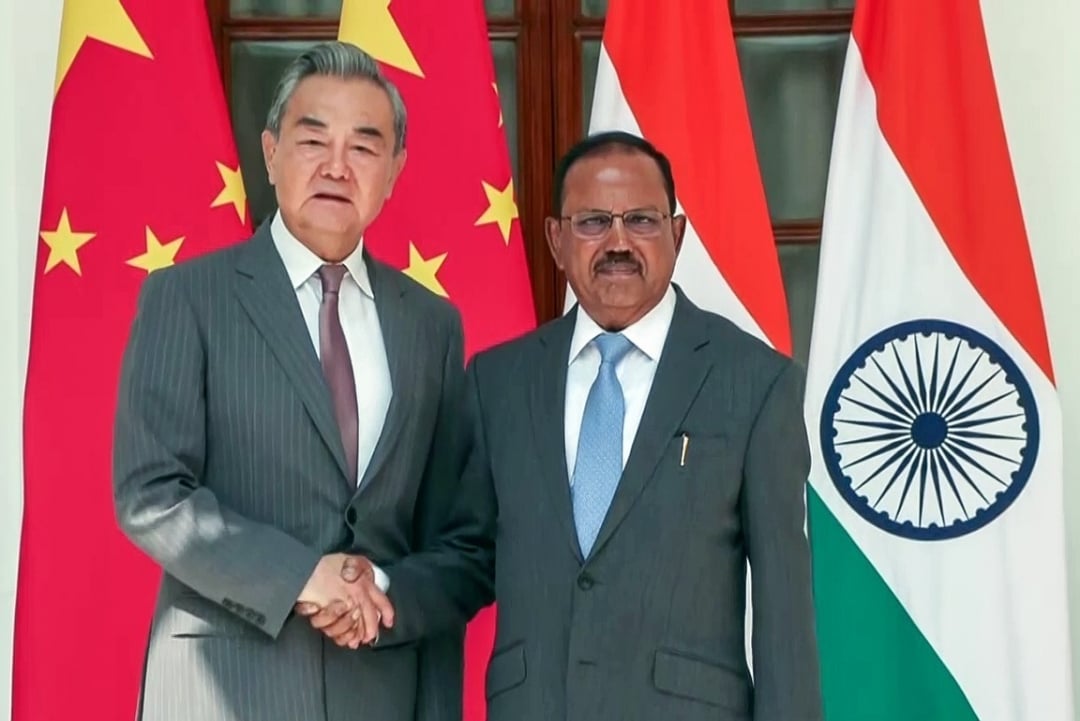 |
| Chinese Foreign Minister Wang Yi (left) and Indian National Security Adviser Ajit Doval at a meeting in New Delhi on August 19, 2025. Photo: ANI/VNA |
The talks between the world's two most populous countries focused on a range of areas: withdrawing troops from the Himalayan border area, expanding investment and trade, increasing bilateral exchanges and gradually easing travel restrictions.
Specifically, India and China have agreed to reopen three key trade routes, including the Lipulekh Pass, Shipki La and Nathu La. The two sides will also set up an expert group to develop “early harvest” agreements – small-scale agreements that can be implemented quickly, before reaching a more comprehensive agreement on border management – a proposal that New Delhi had previously expressed reservations about.
According to Indian media, Beijing has agreed to consider easing export restrictions on fertilizers, rare earths and tunnel boring machines – items that are essential for Indian industry. However, when asked about this information, Chinese Foreign Ministry spokesperson Mao Ning said she was “not aware” of the information, but affirmed that China is willing to strengthen dialogue and cooperation to maintain the stability of the global supply chain.
The two countries also agreed to resume direct flights, share river data and lift some visa restrictions for tourists , business people and reporters.
During the visit, Mr. Wang Yi had meetings with Indian Prime Minister Narendra Modi and National Security Advisor Ajit Doval. This is seen as a preparation step for Mr. Modi's first visit to China in seven years, scheduled to take place later this month.
On social network X, Prime Minister Modi wrote: “Stable, predictable and constructive relations between India and China will contribute significantly to peace and prosperity in the region as well as globally.”
Mr. Doval commented that the two countries had established a “new environment” that brought “peace and stability”, and confirmed that issues related to demarcation and borders had been discussed.
According to a statement from the Chinese Foreign Ministry, Mr. Wang Yi stressed that the stable and healthy development of China-India relations is in the fundamental interests of the people of the two countries. He called on both sides to continue building trust through dialogue and expanding cooperation, especially in the field of border control and demarcation.
Prime Minister Modi is scheduled to visit China in late August to attend the Shanghai Cooperation Organization (SCO) Summit – marking his first visit to the country since 2018.
 |
| US President Donald Trump (right) and Indian Prime Minister Narendra Modi at a meeting in Washington on December 13, 2025. Photo: ANI/TTXVN |
Sino-Indian relations deteriorated sharply in 2020 after a clash in the Ladakh region left 20 Indian soldiers and four Chinese soldiers dead – the most serious incident in decades. The tensions halted high-level diplomatic contacts and disrupted trade and travel between the two countries.
India has since imposed restrictions on Chinese investment and banned dozens of Chinese-origin apps, including TikTok, citing cybersecurity concerns.
However, bilateral trade has not only not declined but has increased sharply. In the financial year 2024-25, India’s imports from China have crossed the $100 billion mark, compared to $65 billion in 2020-21 – reflecting the heavy dependence of Indian industries such as electronics and pharmaceuticals on Chinese supplies.
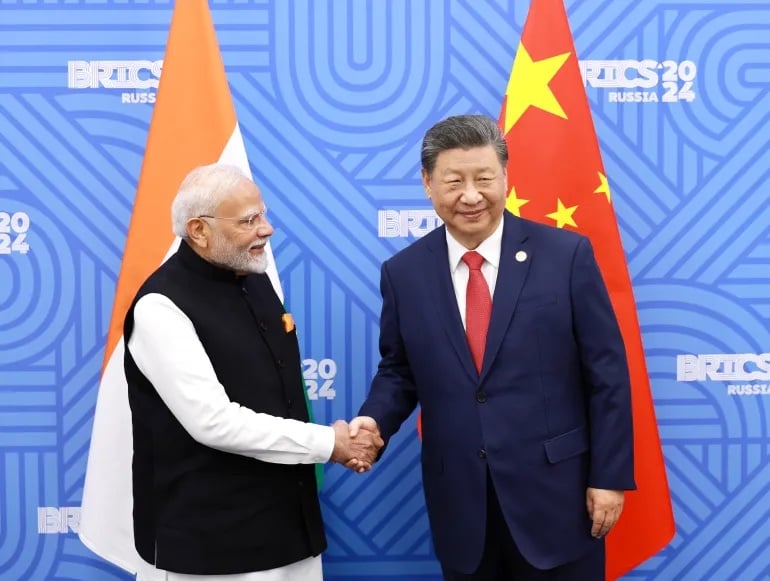 |
| Relations between India and China have improved since Indian Prime Minister Modi met Chinese President Xi Jinping on the sidelines of the BRICS summit in Kazan, Russia in October 2024. Photo: China Daily |
One of the driving forces behind the India-China rapprochement is the increasingly fractious relationship between New Delhi and Washington. The Trump administration’s repeated imposition of high tariffs on Indian goods—particularly on oil imports from Russia—has escalated tensions between the two countries.
The retaliatory tariffs of up to 50% imposed by the US on Indian goods could threaten bilateral trade worth around $200 billion and hurt jobs in many sectors in India. New Delhi has also criticised Washington’s “double standards”, arguing that China – also a major importer of Russian oil – should not be subject to similar tariffs.
The tension was further heightened when Mr Trump claimed to have “brokered” a ceasefire between India and Pakistan in May, which New Delhi rejected. Mr Trump’s reception of Pakistan’s army chief, General Asim Munir, also upset Indian public opinion.
Despite maintaining a positive personal relationship with Mr Trump, Prime Minister Modi now faces an increasingly unpredictable strategic environment – forcing New Delhi to proactively seek other channels of cooperation, including with Beijing.
According to some analysts, this process could create momentum for deeper cooperation within the BRICS grouping – of which both India and China are founding members. The two countries are scheduled to host BRICS summits in 2026 and 2027, respectively.
According to
Source: https://baodaklak.vn/quoc-te/202508/chinh-sach-thue-cua-my-dua-an-do-va-trung-quoc-xich-lai-gan-nhau-b061600/


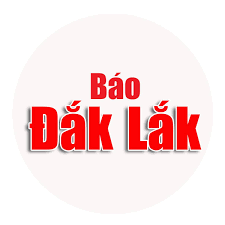

![[Photo] President Luong Cuong receives delegation of the Youth Committee of the Liberal Democratic Party of Japan](https://vstatic.vietnam.vn/vietnam/resource/IMAGE/2025/8/22/2632d7f5cf4f4a8e90ce5f5e1989194a)


![[Photo] Prime Minister Pham Minh Chinh chairs the conference to review the 2024-2025 school year and deploy tasks for the 2025-2026 school year.](https://vstatic.vietnam.vn/vietnam/resource/IMAGE/2025/8/22/2ca5ed79ce6a46a1ac7706a42cefafae)
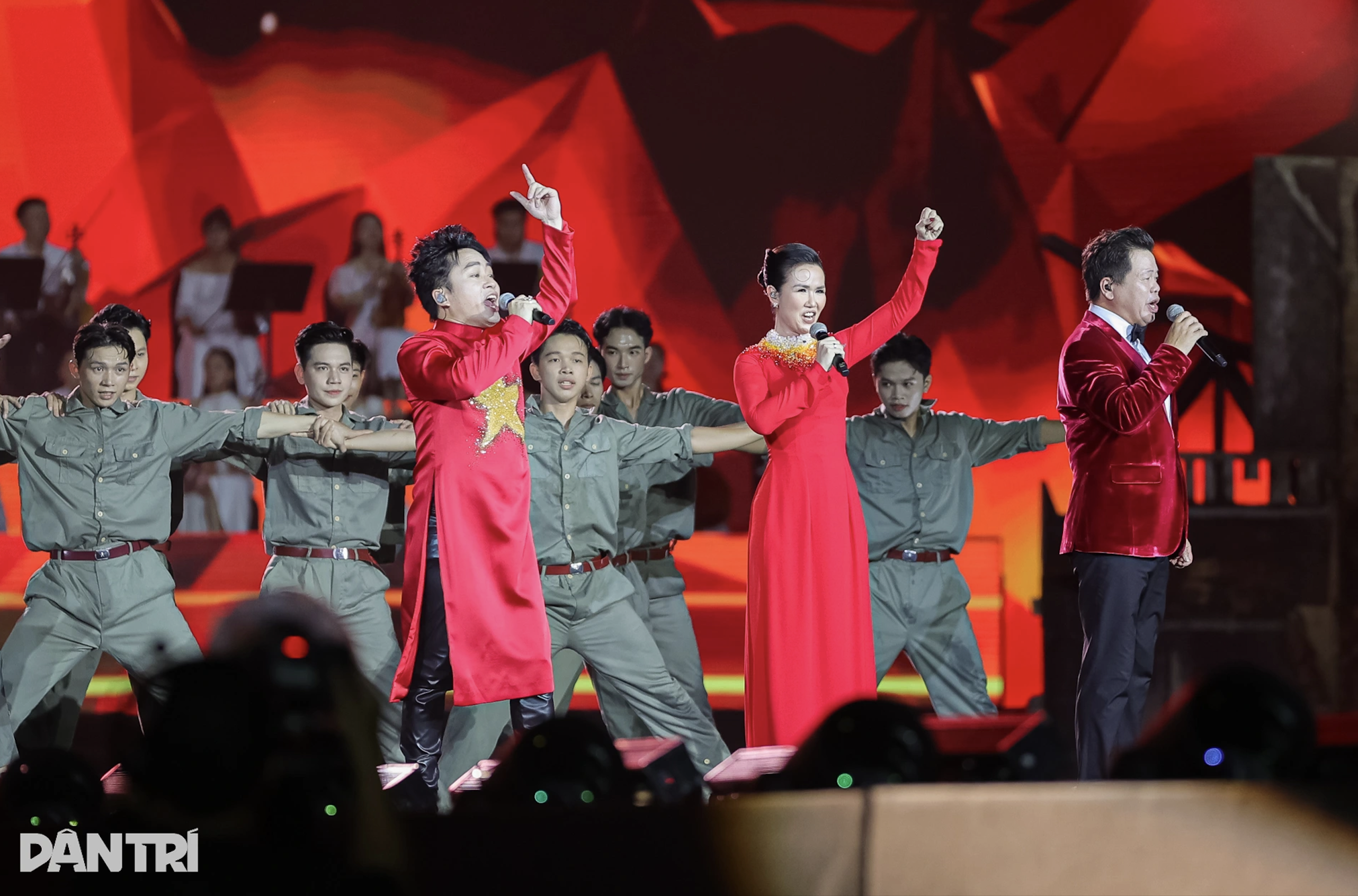




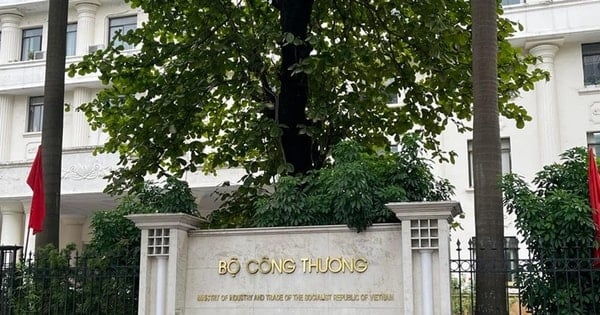

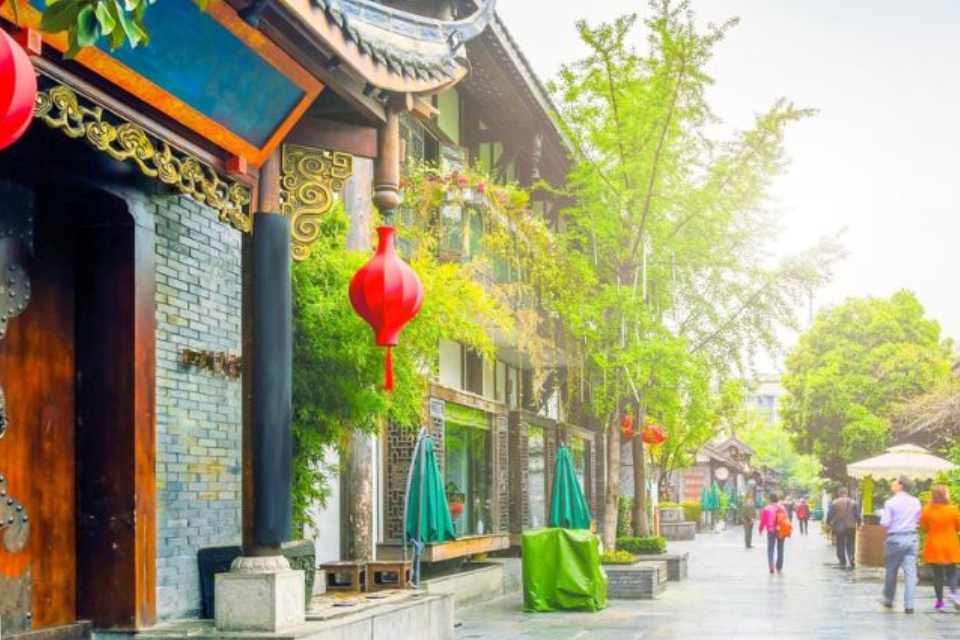

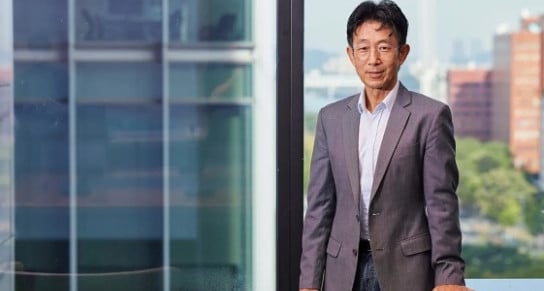



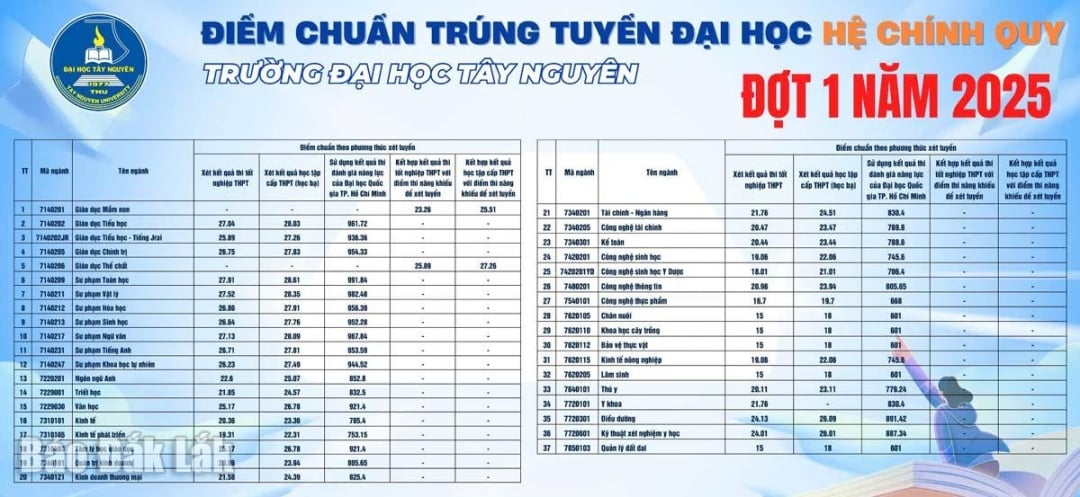


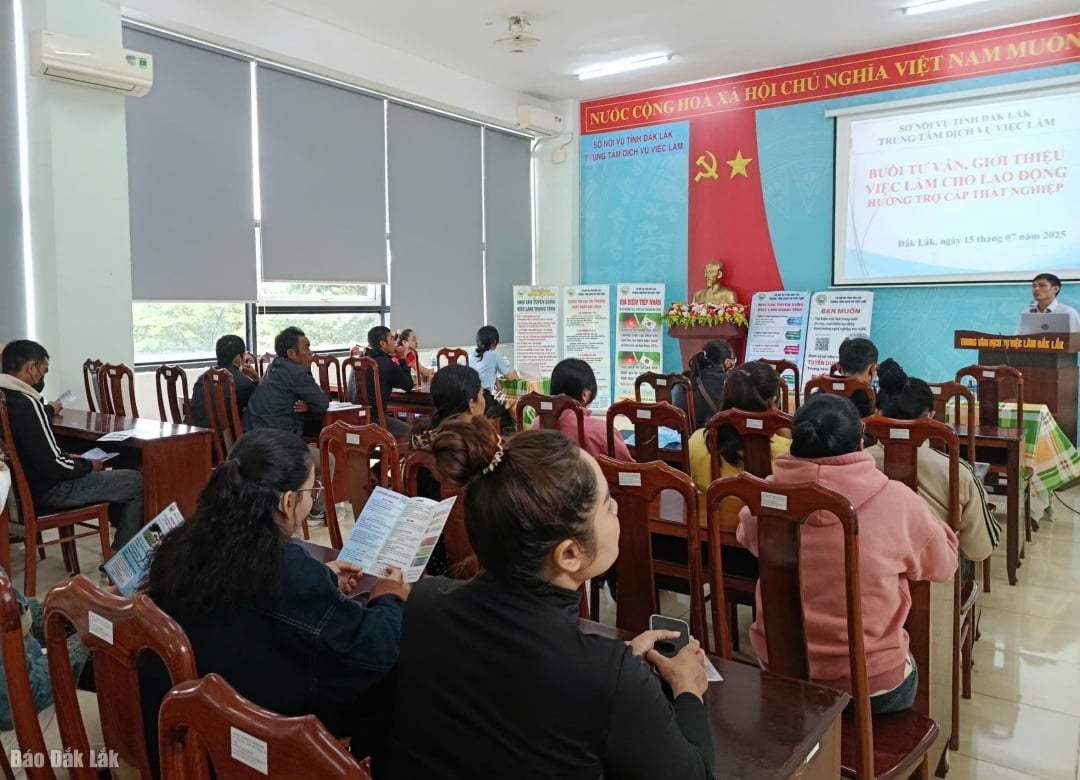
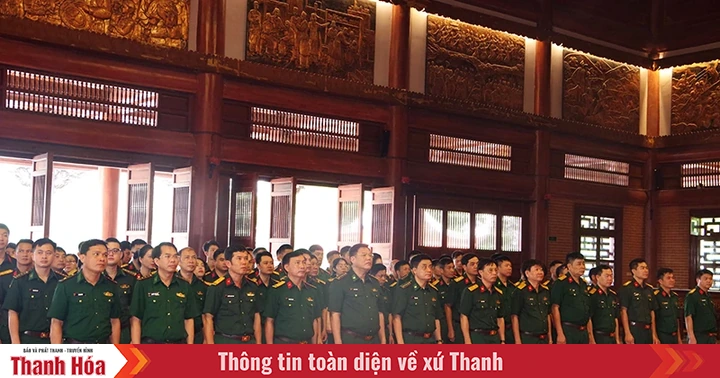
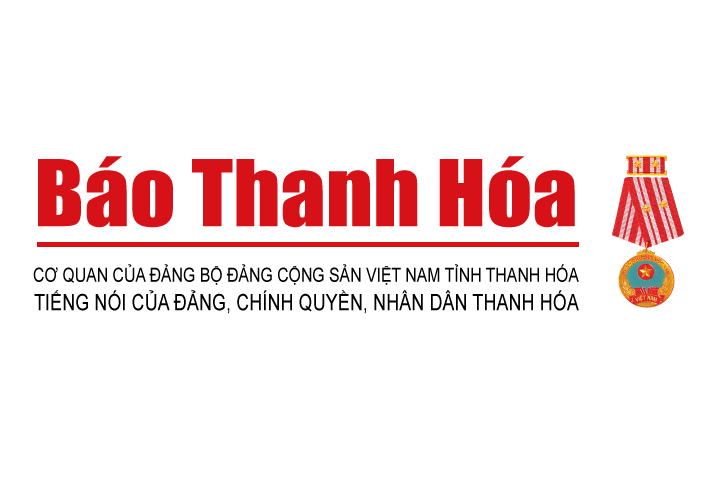







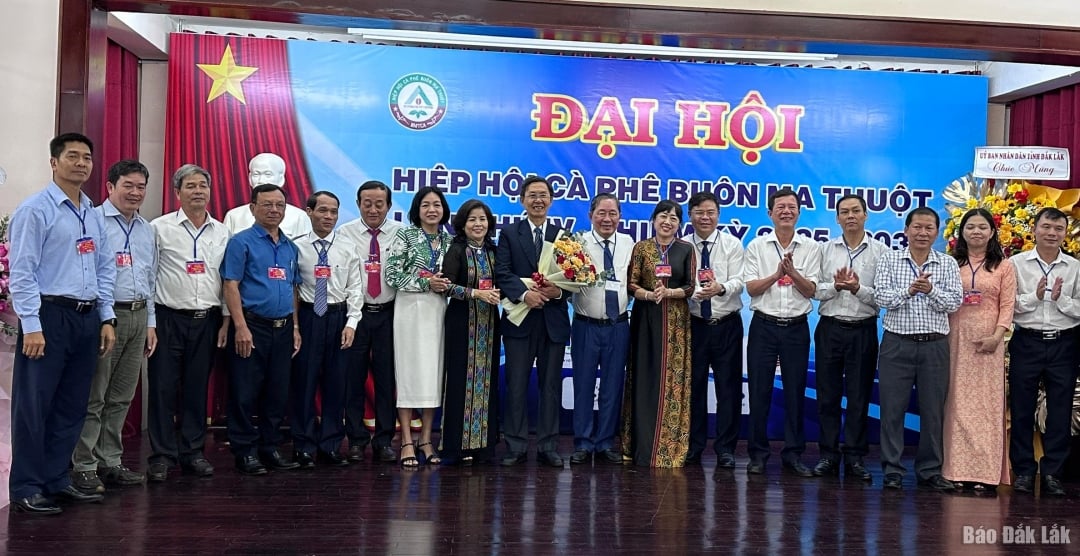
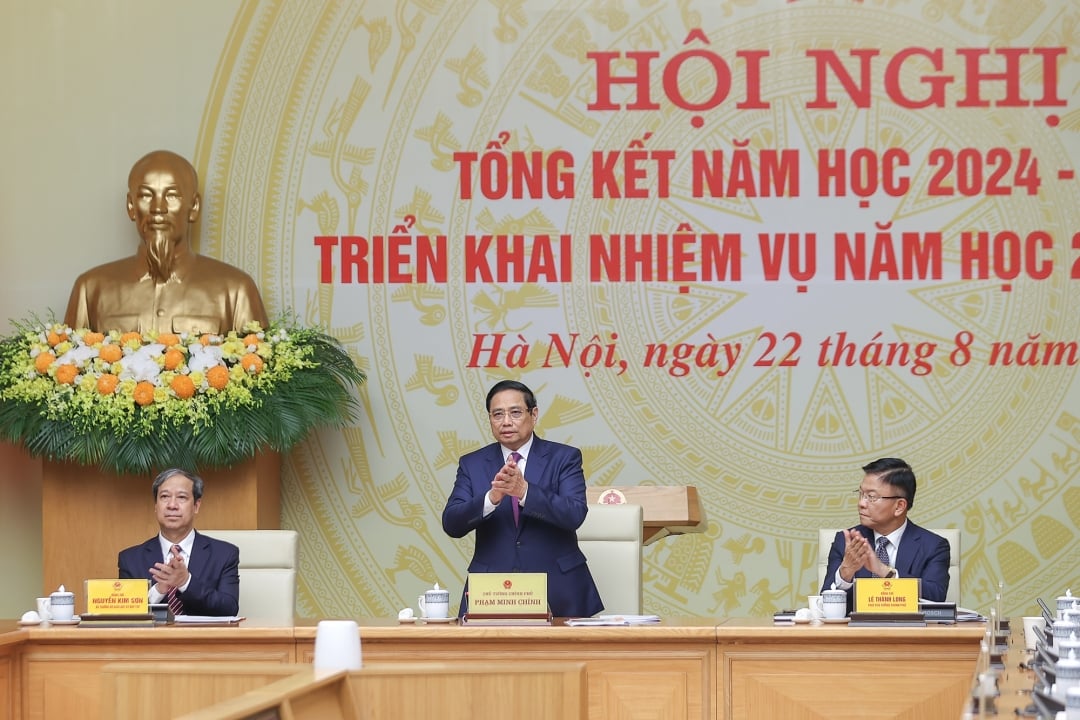
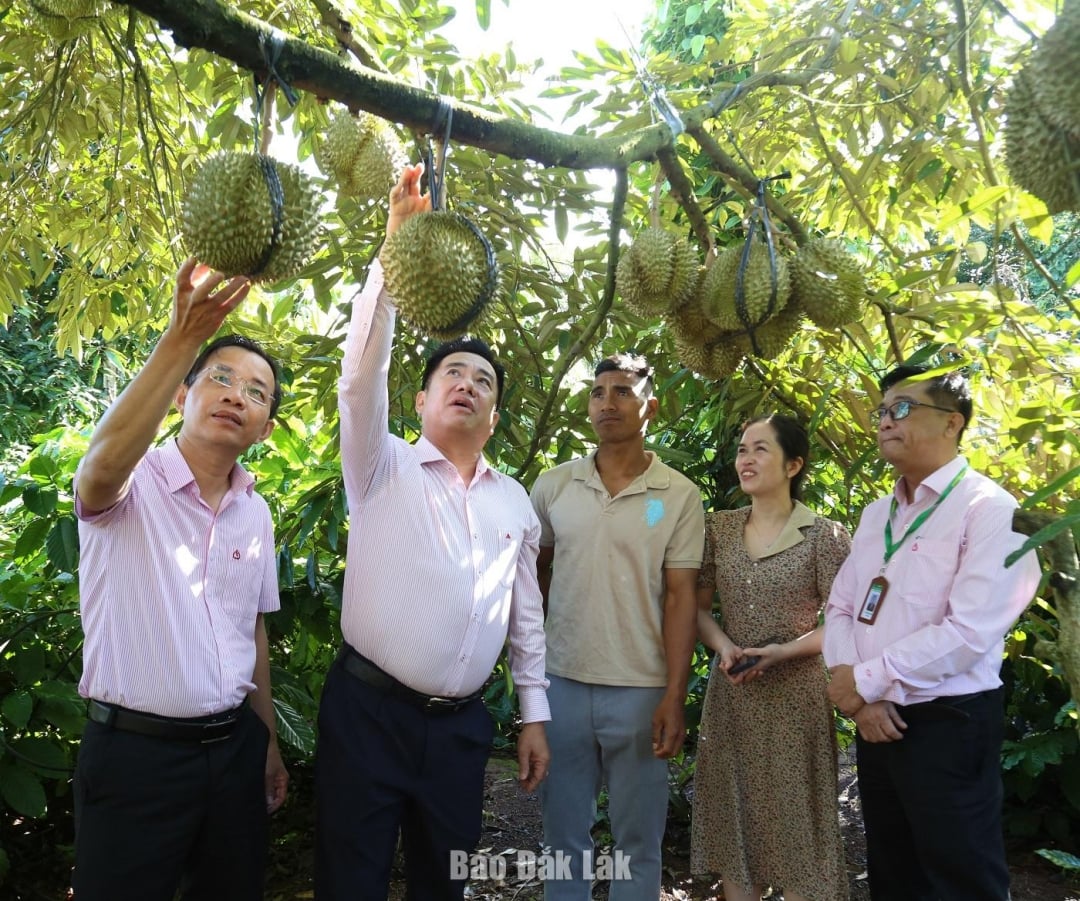
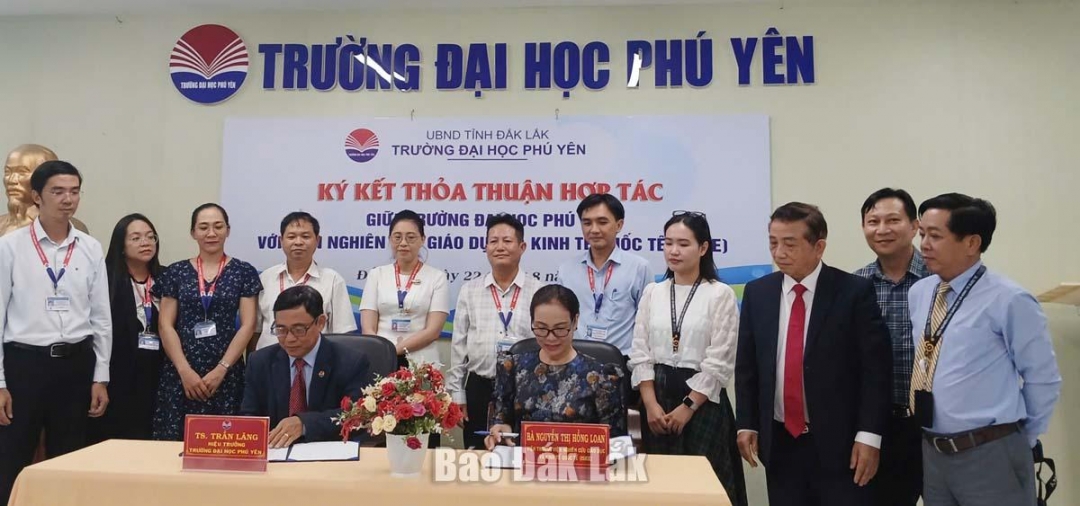
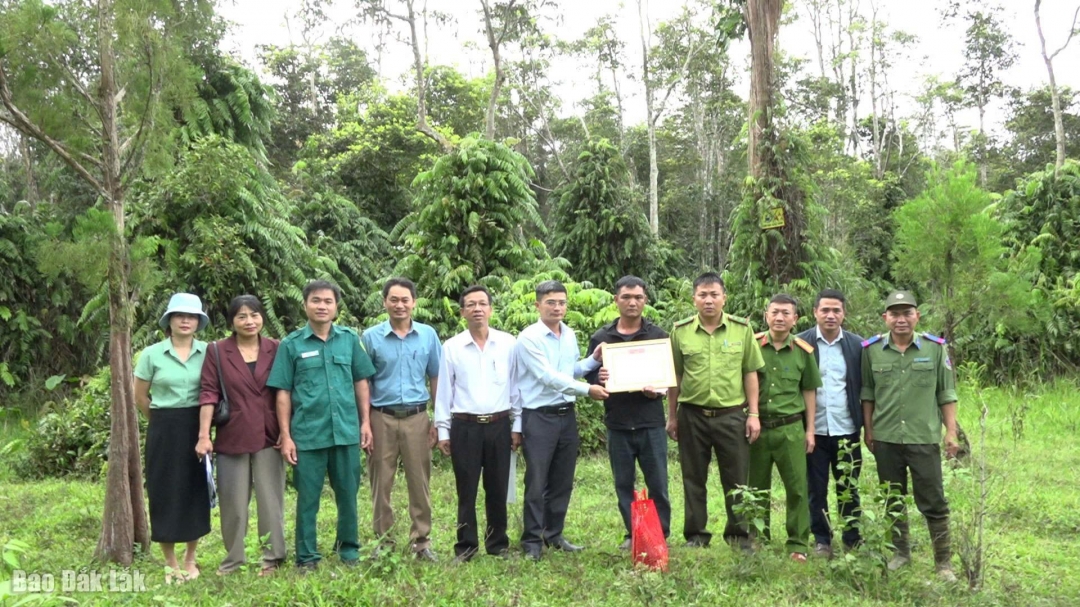
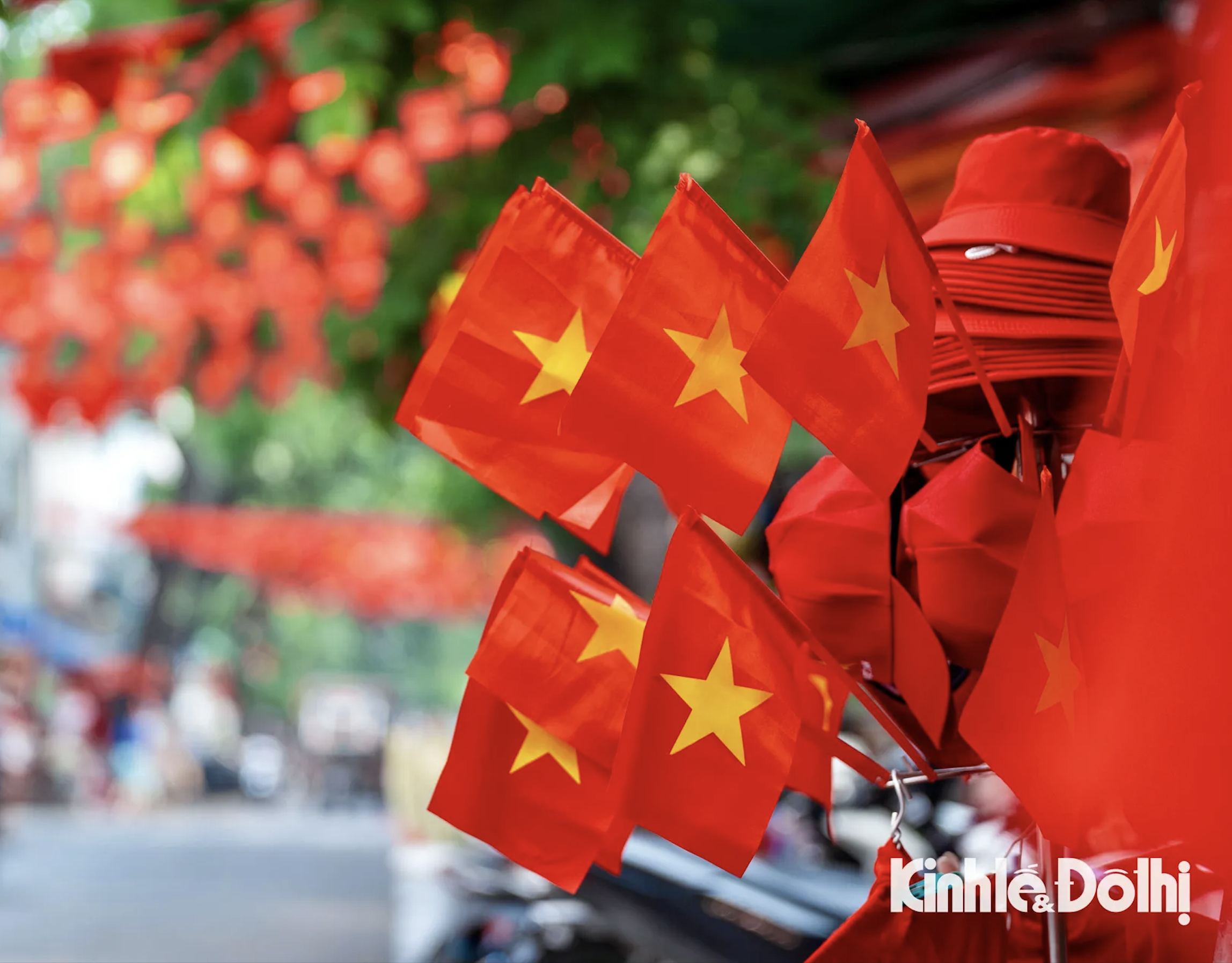
















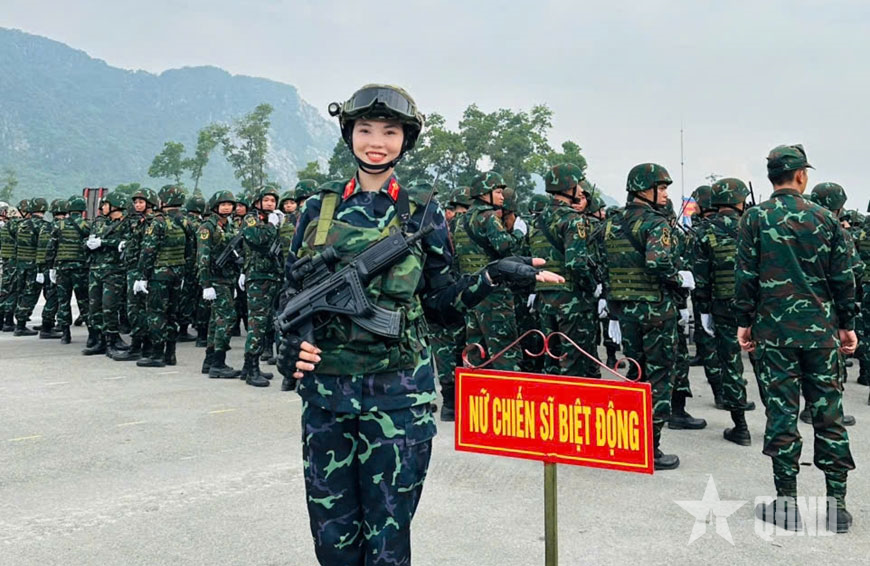

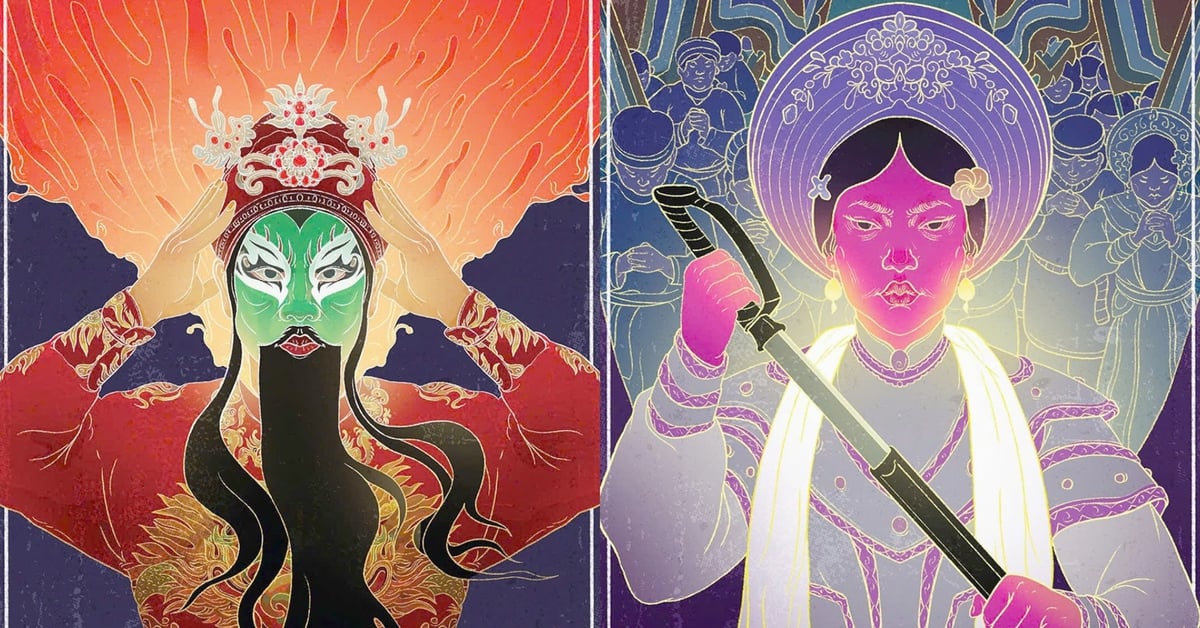






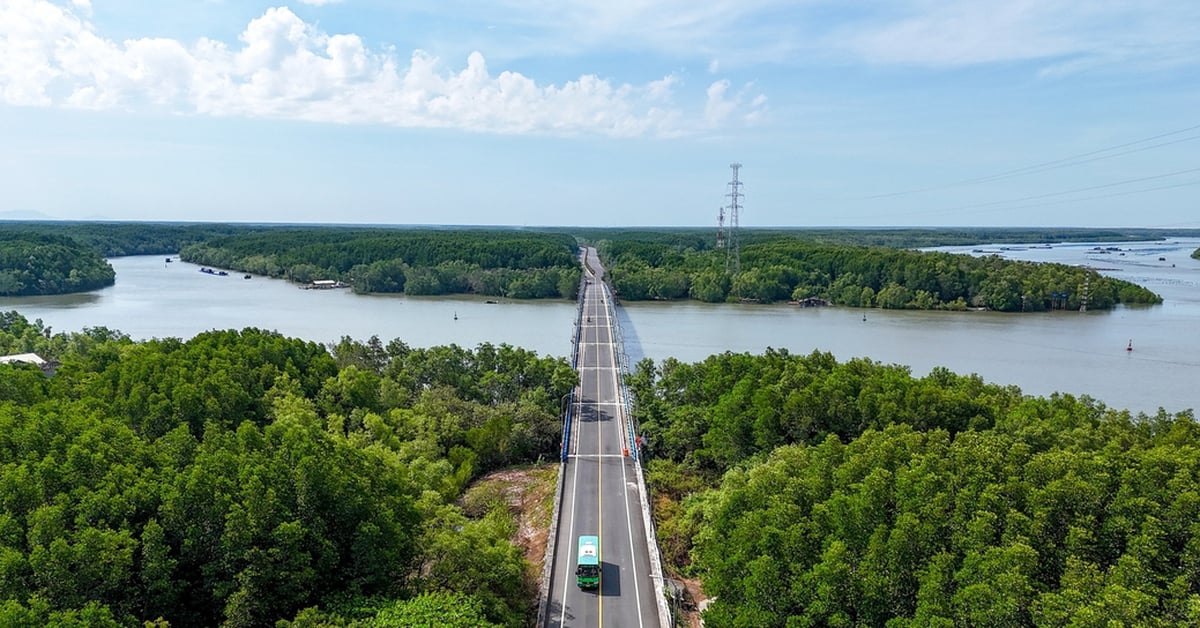


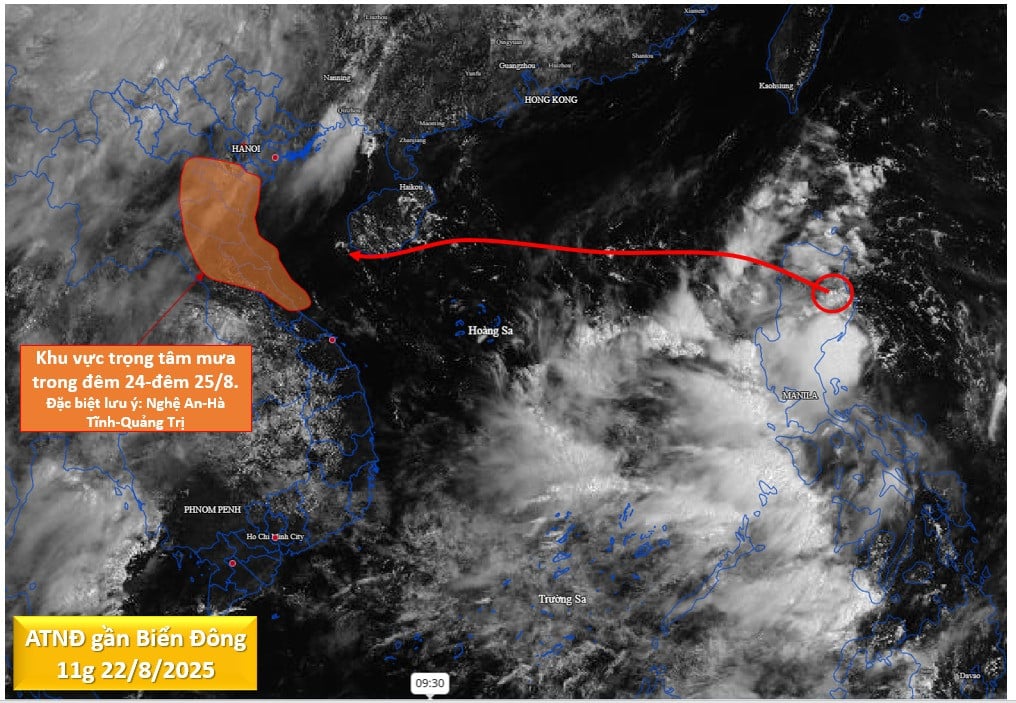
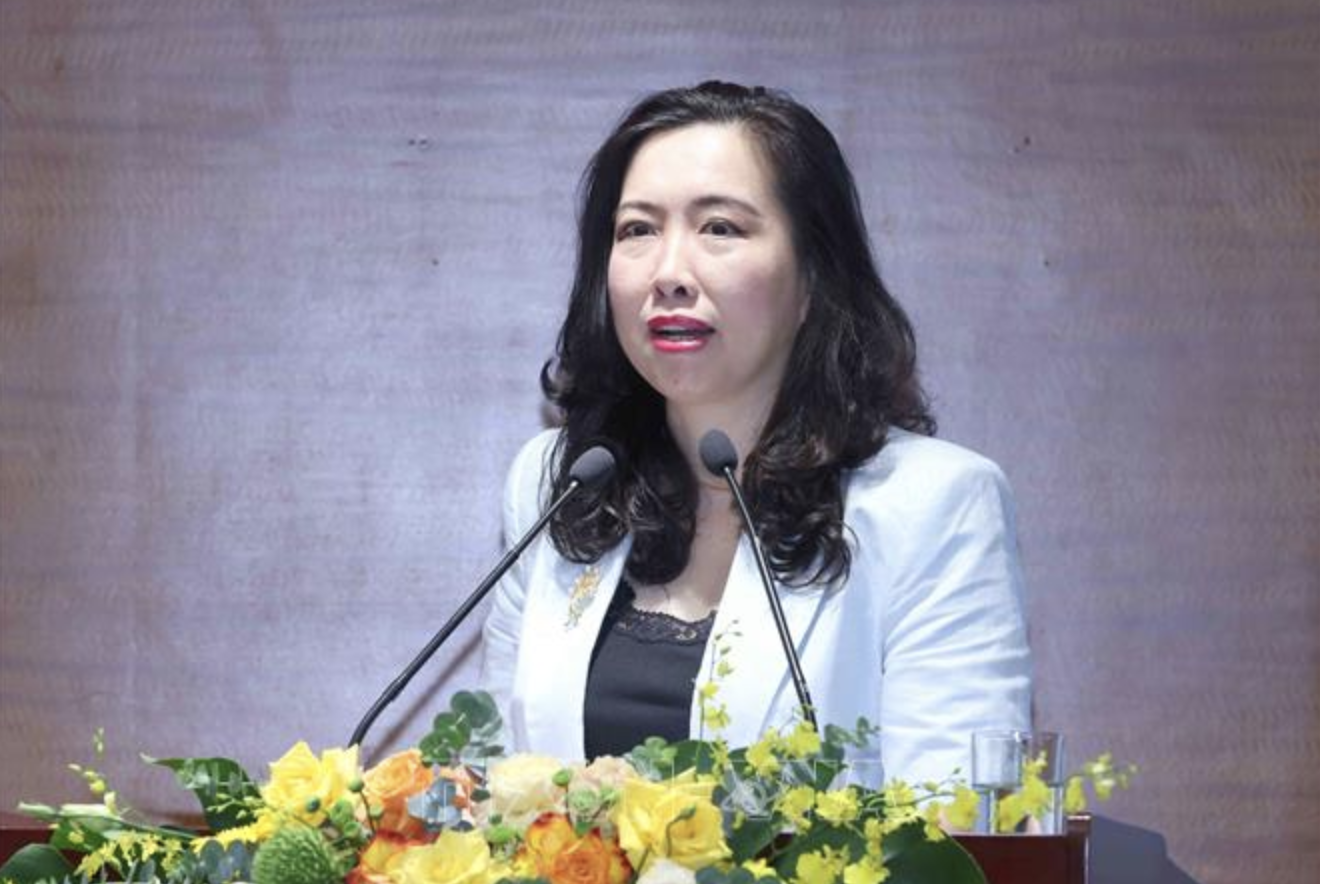



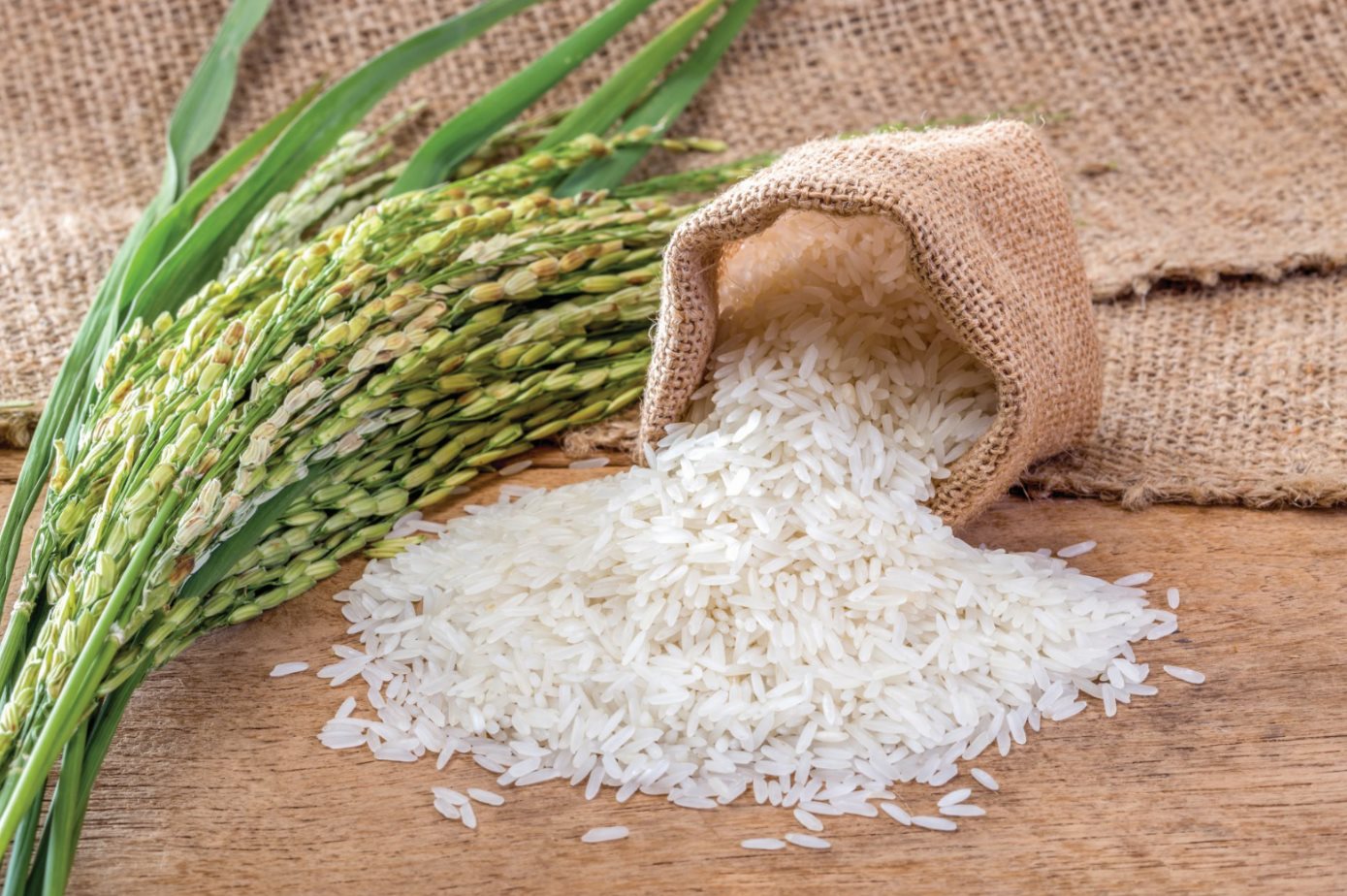
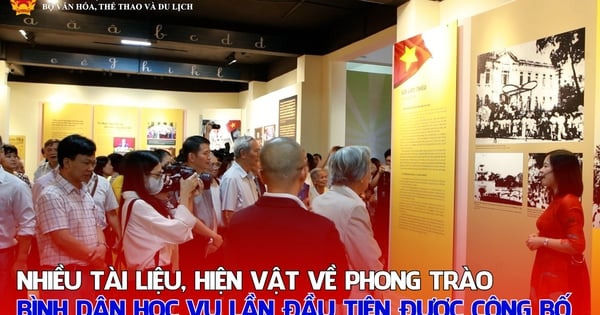

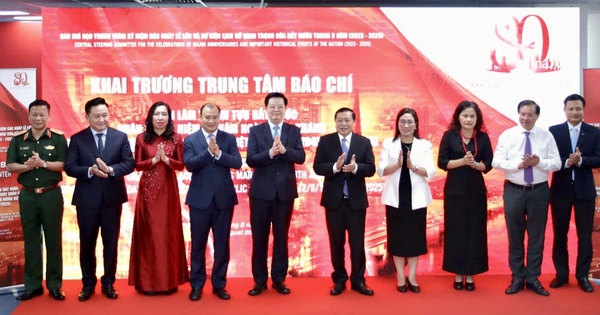
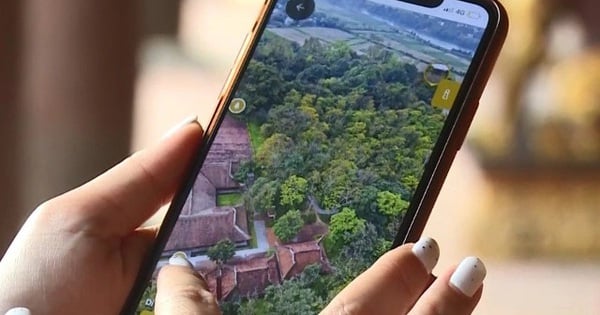
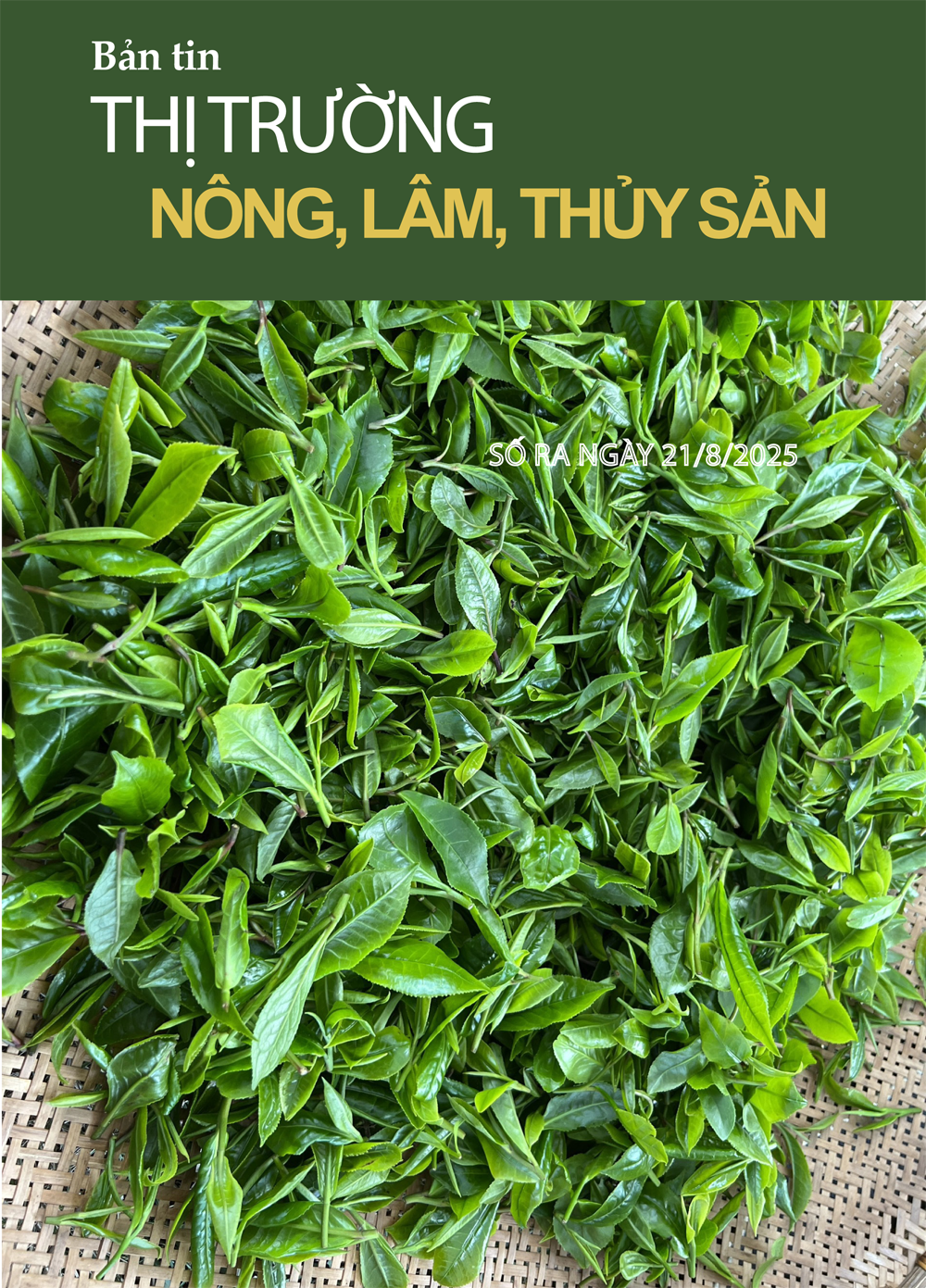

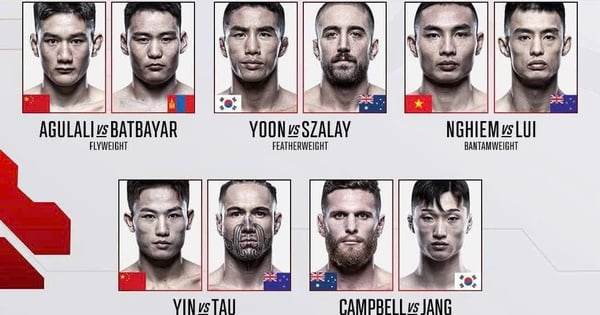




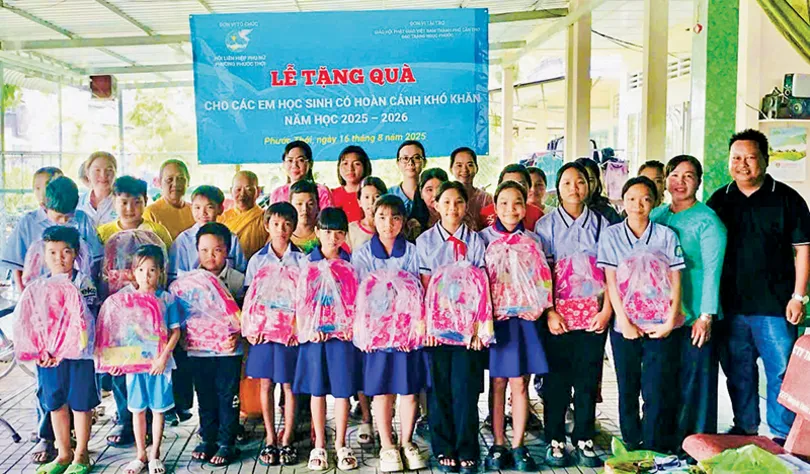
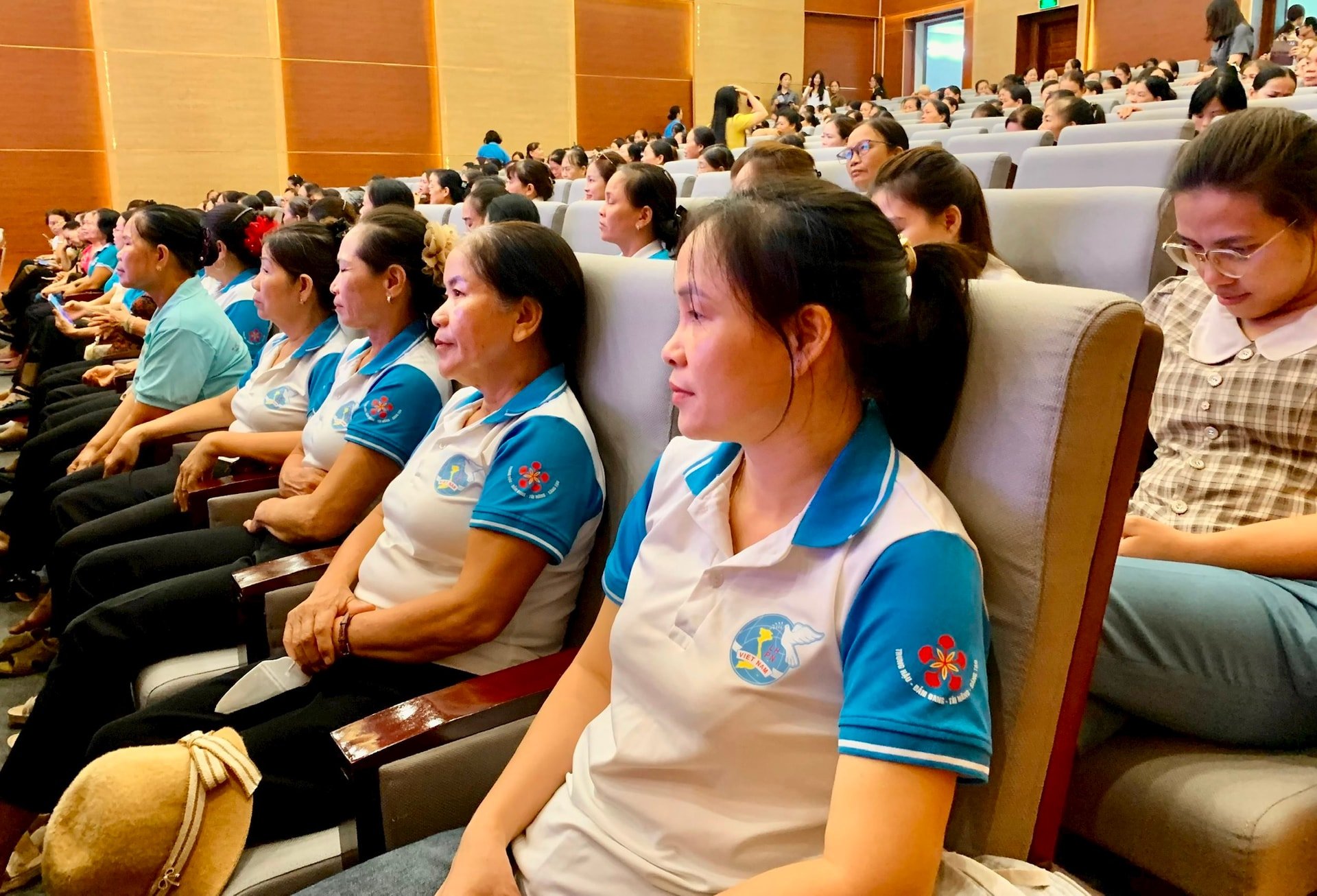


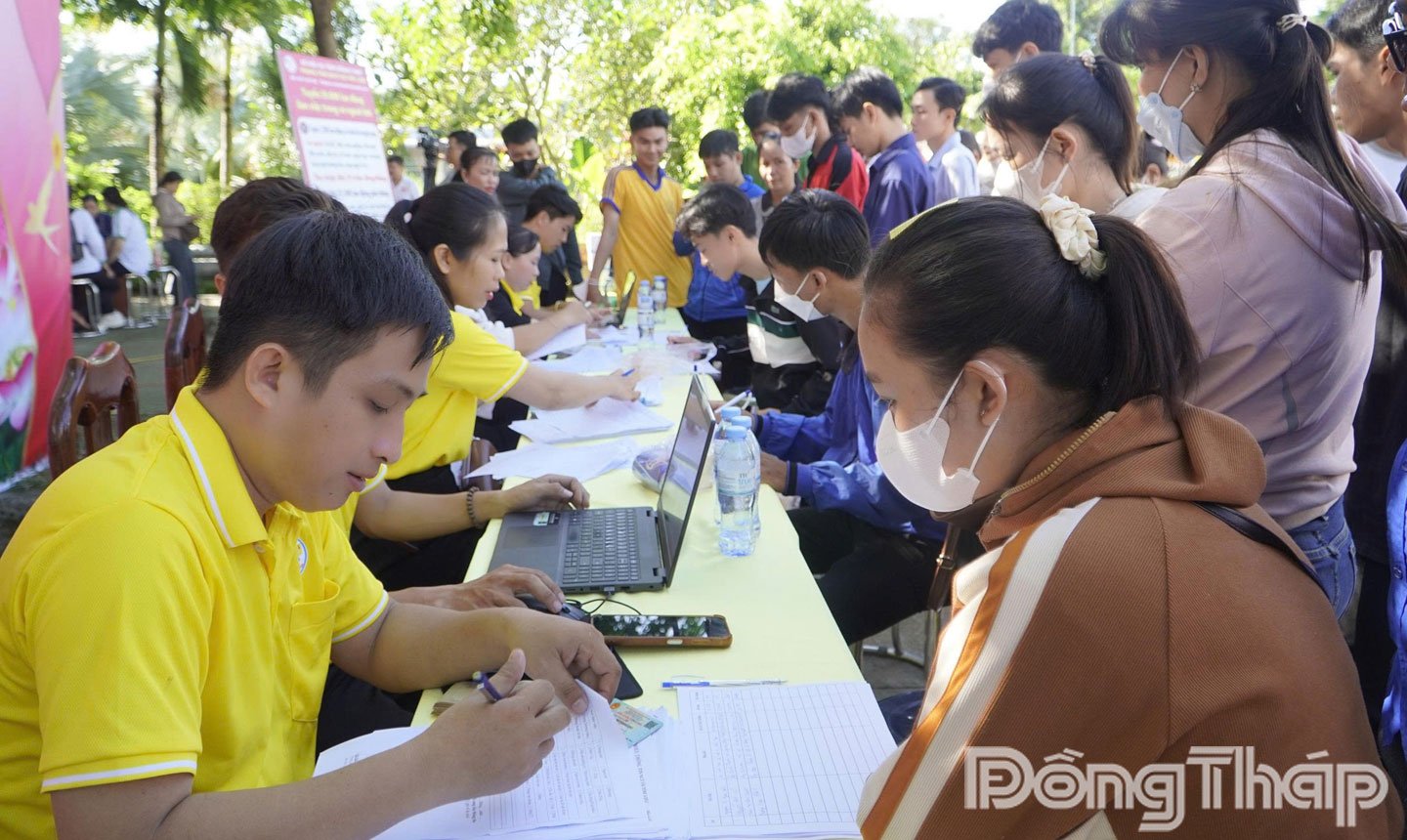
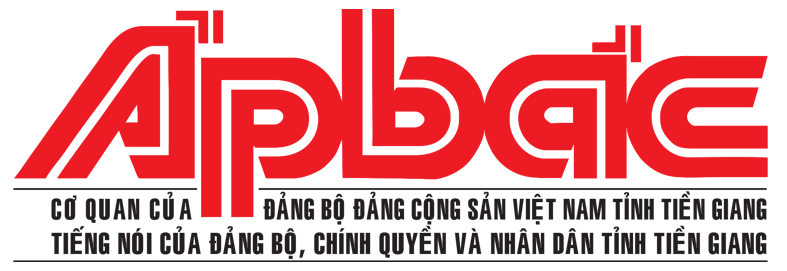
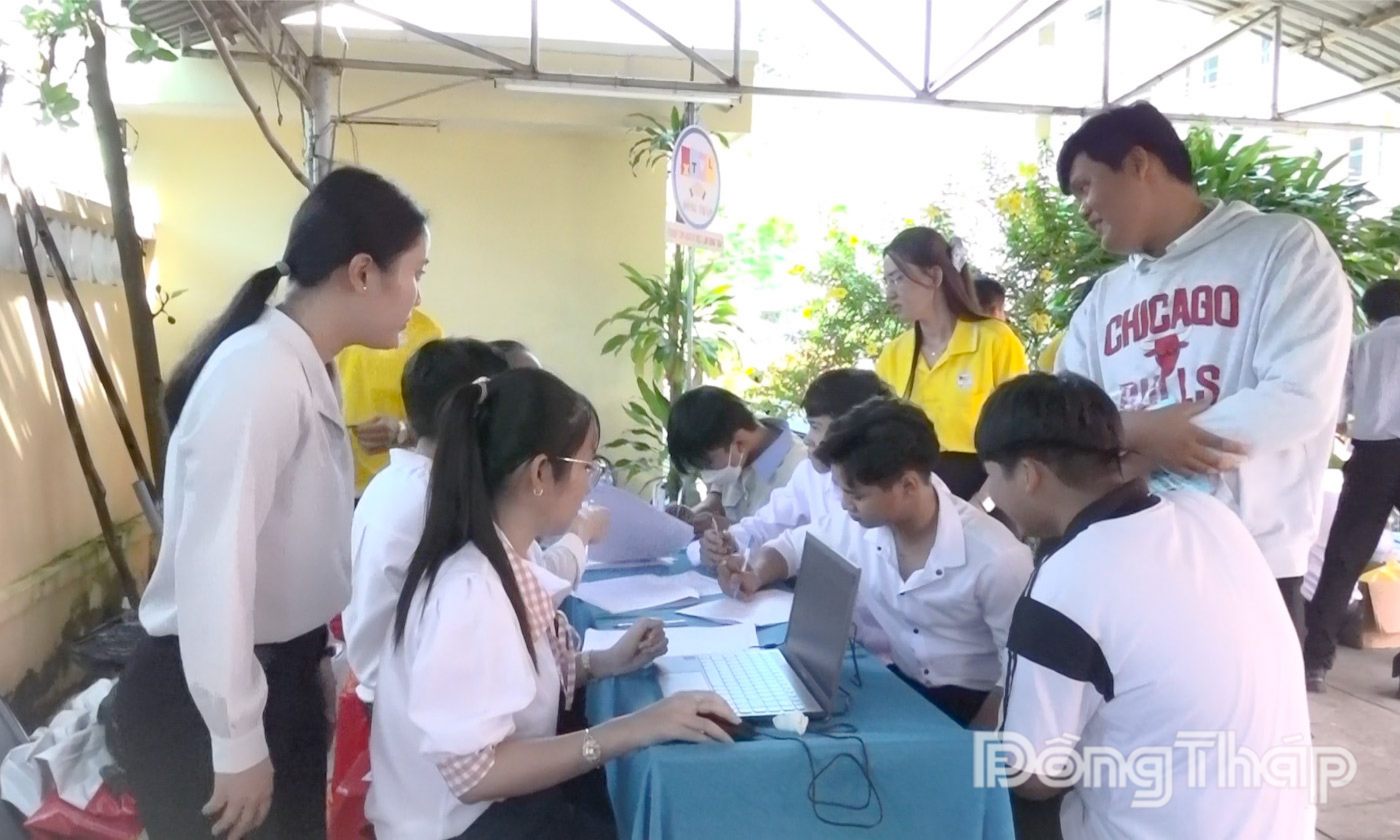












Comment (0)